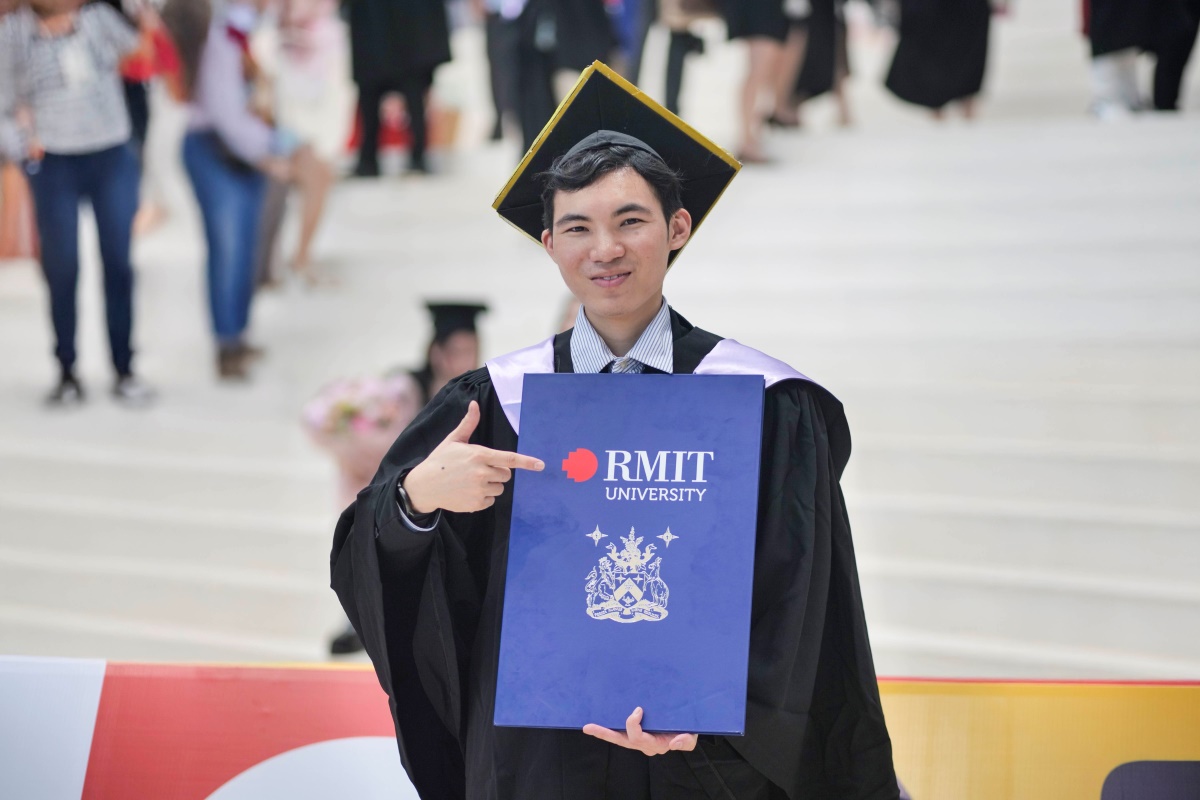Dr Huy noted during the pilot phase, that if Vietnam follows the EU ETS model whereby carbon credits are free, there could be an over-supply of carbon credits due to incorrect GHG emission estimations for companies in the trading scheme.
“This over-supply could cause a significant price decline leading to market inefficiencies whereby the carbon credit price could be reduced to zero and companies might not be penalised if they over emit since they can buy carbon credits at no cost,” he said.
He said that Vietnam faces external pressures from countries and regions which have implemented a carbon tax such as the EU’s Carbon Border Adjustment Mechanism (CBAM). CBAM will negatively affect industries such as iron and steel, cement, fertiliser, and aluminium by imposing a carbon border tax for imports of these industries into the EU. However, CBAM will not be applicable if Vietnam has an ETS which meets the EU standard.
“The Vietnamese government needs to use emerging technologies such as blockchain technology and AI to enhance the MRV processes and reduce the misestimation of GHG emissions during the pilot phase of the carbon market. This would also potentially speed up the establishment of the carbon market and mitigate the impact of international carbon tariffs on Vietnamese companies,” said Dr Huy.
Dr Samuel Buertey also recommended strategies to utilise profits from the sale of carbon credits to enhance environmental sustainability in Vietnam.
“Revenue generated from carbon credit sales can be smartly allocated across different industries to bolster environmental preservation and aid the nation's shift towards eco-friendly practices,” he said.
Given Vietnam’s vast forest resources, a portion of the profits can be allocated to further fund sustainable forest management practices. Strengthening the governance and institutions overseeing forestry, as well as investing in afforestation and reforestation projects, will ensure forests are protected from conversion to agricultural, industrial, and urban use.
Additionally, the government could provide more incentives to farmers and communities that depend on forest resources, to encourage conservation and reforestation efforts. Again, portions of the profits from the sale of carbon credits can be invested in renewable energy projects to reduce the country’s current 40 per cent reliance on fossil fuels and lower greenhouse gas emissions.
Supporting research and development (R&D) in technologies that reduce emissions or enhance carbon capture is a worthwhile investment. Although carbon capture, utilisation, and storage (CCUS) technology are in the early stages, especially in developing countries, the government could set up a special fund to support R&D in CCUS technology. This investment will drive innovation and provide long-term solutions to environmental challenges.
Dr Buertey provided best practices from other countries that Vietnam could adopt to improve its carbon credit management strategies.
Vietnam must establish a robust regulatory framework that defines the rules and guidelines for carbon credit trading and enforcement. The EU ETS, known for its outstanding regulatory framework, serves as an exemplary model. Vietnam could adopt similar stringent regulations to ensure market integrity and compliance. Transparent and robust reporting requirements could be mandated as a strategy to build trust and reduce uncertainty in the carbon credit market. Regularly publishing of market data, including emissions reports and auction results, will help reduce market risk.
While carbon prices should be determined by market forces, Vietnam could implement a rule-based market stability strategy to address excessive price volatility, and discourage low-carbon investments. The Korea Emissions Trading Scheme (K-ETS)’s use of a market stability reserve (MSR) to manage allowance supply, along with California's use of price floors and ceilings to maintain price stability, provides good examples of how Vietnam can curtail market fluctuations. Another strategy Vietnam should consider in the medium to long term is linking its carbon market with other regional and global markets. Since 2020, the EU has linked its ETS with Switzerland, allowing for greater market flexibility and efficiency. Vietnam should consider a similar approach to enhance liquidity and provide more trading options for businesses.
“With careful and robust measurement, the Vietnamese government can boost the burgeoning carbon credit market and drive sustainability,” said Dr Huy.
Story: Dr Huy Pham and Dr Samuel Buertey
Masthead image: Thanawat_Suesoypan – stock.adobe.com
Thumbnail image: Thann – stock.adobe.com
In-article image: vutuankhanh - stock.adobe.com






